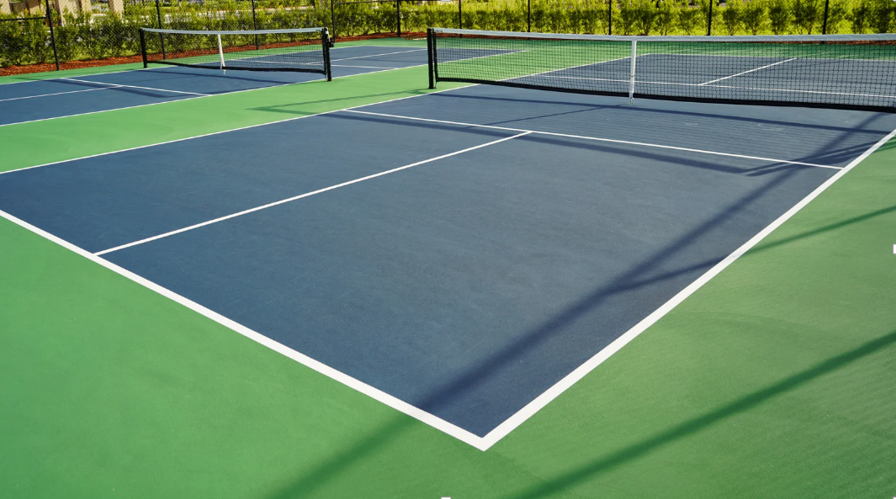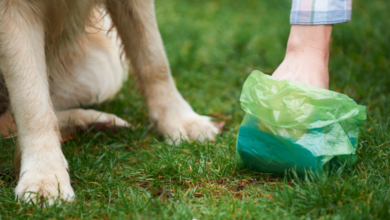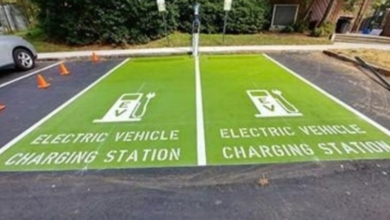Tennis court resurfacing is essential for keeping your court safe, attractive, and playable. But knowing when to schedule this service can make all the difference in results. From temperature and humidity to usage patterns and material selection, the timing of your resurfacing project should be strategic. If you’re considering tennis court resurfacing in Georgia, understanding seasonal conditions and surface types will help you plan for long-term performance and minimal downtime.
Why Timing Matters for Resurfacing
Weather plays a critical role in how resurfacing materials cure and perform. Temperature, moisture, and sunlight all influence how well coatings adhere and dry. Most court coatings require daytime temperatures between 50°F and 90°F and several days of dry weather for proper application.
Scheduling resurfacing during ideal weather windows helps prevent delays, cracking, and finish imperfections. In Georgia, spring and early fall are generally the best times of year, offering a balance of warm days and lower humidity. Resurfacing during summer is also possible but may require earlier application times to avoid rapid drying in peak heat.
Consider Usage Cycles and Scheduling Gaps
Tennis courts in schools, country clubs, or public parks have seasonal usage spikes. Summer camps, leagues, or school terms can influence when the court is most needed. Choosing a resurfacing period during slower months allows the work to be completed without interfering with scheduled events or recreational use.
Many facilities take advantage of brief off-seasons to complete repairs. Planning several weeks ahead of resurfacing ensures contractor availability, site preparation, and proper drying time without pressure. When courts are in constant use, even a small scheduling window can make a big difference in project success.
Material Types and Their Seasonal Needs
Different court surface materials have specific application needs and temperature tolerances. Acrylic coatings, commonly used for hard courts, require steady temperatures and minimal rain during curing. Moisture-sensitive surfaces like clay or synthetic turf may require longer drying times or extra base prep during wetter seasons.
New surface technologies are becoming more adaptable. For example, artificial tennis court surfaces are an excellent choice for locations with unpredictable weather, offering durability and faster installations. Knowing your surface type and its resurfacing needs is key to choosing the right time of year.
See also: The Impact of Bariatric Surgery on Quality of Life in Patients with Obesity
Site Conditions and Environmental Considerations
Beyond weather, site conditions also impact resurfacing timelines. Shaded areas or courts located near trees may retain moisture longer, slowing drying times. Dust, pollen, and debris levels can vary by season and affect surface cleanliness and finish. Resurfacing in low-pollen months helps ensure a smoother, more even coating without airborne contaminants.
Facilities in coastal or humid areas might also need to plan around dew points and early morning moisture. In Georgia, the combination of heat and humidity in late summer can complicate drying, so early fall may offer more stable conditions.
Why Resurfacing Supports Performance
The purpose of resurfacing is more than appearance; it’s about safety, play consistency, and surface integrity. Over time, court coatings wear down from UV exposure, foot traffic, and weather. Resurfacing restores grip, evens out wear spots, and reseals the surface to prevent water intrusion. According to the crucial role of tennis court resurfacing in your game, maintaining a consistent and responsive surface plays a significant role in athletic performance and injury prevention. Choosing the right time of year helps ensure that repairs don’t just look good but also perform effectively under real-world conditions.
Conclusion
Resurfacing a tennis court is a strategic decision that should align with both environmental conditions and facility usage. The best results come from timing the project around stable weather, scheduling flexibility, and understanding your surface type’s seasonal needs. By planning resurfacing at the right time of year, you protect your investment and extend the life, safety, and performance of your court.




